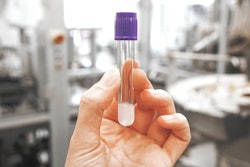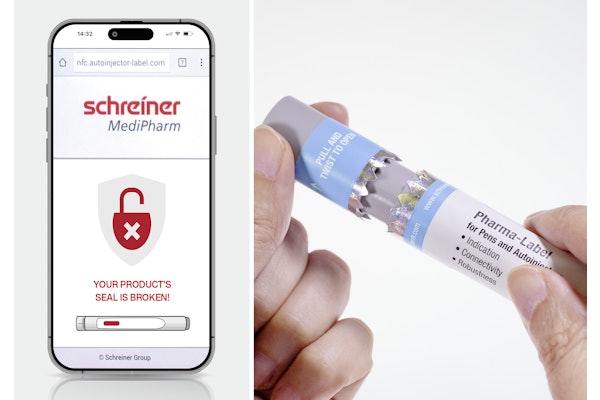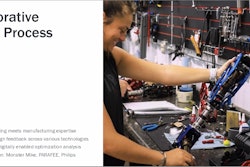Polytron is a systems integrator (SI) specializing in automation and controls, industrial networks, simulation, smart manufacturing, and cybersecurity. But another area of expertise the company offers as a service that is very valuable, and sometimes overlooked, is machine safety assessments and verification/validations.
Polytron’s Safety Practice helps companies—mostly large food and beverage and CPG manufacturers—to protect packaging and processing equipment, and, of course, people. The safety team hold certifications in global safety competency, with Functional Safety Engineer (FSE) certified by TÜV Rheinland and Certified Machine Safety Experts – CMSE – TÜV NORD. These certifications held by the Polytron team validate that a manufacturer’s safety projects will be delivered with proven competency and expertise in best-in-class machine safety practices and thorough understanding of safety standards.
“In the safety business, we have a safety lifecycle from risk assessment, safety definitions, designing, implementation, validation, and help with overall standards—either compliance or helping to write standards for the end users,” says Sean Daswani, project manager and safety business leader at Polytron. And while the safety lifecycle is focused on the end user, “pieces of that lifecycle go directly to help facilitate the OEM that is selling equipment to the manufacturer.”
The need for machine builders to be part of the process is the reason that Polytron is extending its service to work directly with them. And they are finding that a lot of the OEMs they work with have a few different issues.
“One is, the OEMs in the U.S. that are trying to sell machines over in Europe have an issue with certain requirements of the machinery directive that has to be met to get machines to the EU,” Daswani says. Here in the U.S., the standards are not as strict, but there are still standard enforcements, like the new ANSI B11.0 (2020), which outlines the responsibilities of the machine builder. “We’ve helped manufacturers with standards, but they require risk assessments at the OEM facility to identify hazards and they want to know what [the OEM] has done to mitigate those.”
Part of that mitigation may be to bring Polytron in during the factory acceptance test (FAT) to offer an equipment assessment as a third party. In that scenario, it would likely be the manufacturer that would bring in Polytron. But there is value-add for the OEM as well. “Once we do the safety risk assessment, identify hazards and safeguards, and get everything to acceptable levels, we hand over that documentation with all of the standards that meet the specifications,” Daswani says, noting that this helps bridge the disconnect that often occurs between the end user and the machine builder when it comes to conforming to equipment standards.
The documentation, comprised of the industry standards for risk assessment, can be used later during validation to ensure all scenarios—from devices to wiring—have passed and the equipment is safe for operators.
New safety concerns
Since the pandemic, there’s another reason to conduct a safety analysis, and that has to do with workforce safety programs put into place and manufacturers having to decide what level of risk to take in the production environment. With minimum operators on the plant floor due to social distancing guidelines, or the need to shift operators around, it could mean putting someone in charge of a machine that they are not familiar with, which could lead to unexpected downtime.
“We see manufacturers moving toward standardized machine safety programs across the organization for greater plant floor efficiency in maintenance, workforce training, and documentation for equipment safety standards. This approach allows the manufacturer to maintain insurance standardization and stockholder confidence in a safe work environment,” Daswani says.
These industry drivers are requiring changes related to a comprehensive safety design on new and existing equipment, including detailed documentation to meet ISO and ANSI standards following the life cycle of the equipment, equipment risk assessments for hazard standardization, an analysis of the performance level achieved by each safety function using an industry-accepted tool such as the Safety Integrity Software Tool for the Evaluation of Machine Applications (SISTEMA), as well as the need for third party verification and validation.
“In the U.S., the owner of the equipment, typically our customer [the manufacturer], is responsible for the safe functioning of their equipment and are legally liable for ensuring that,” Daswani says.






















